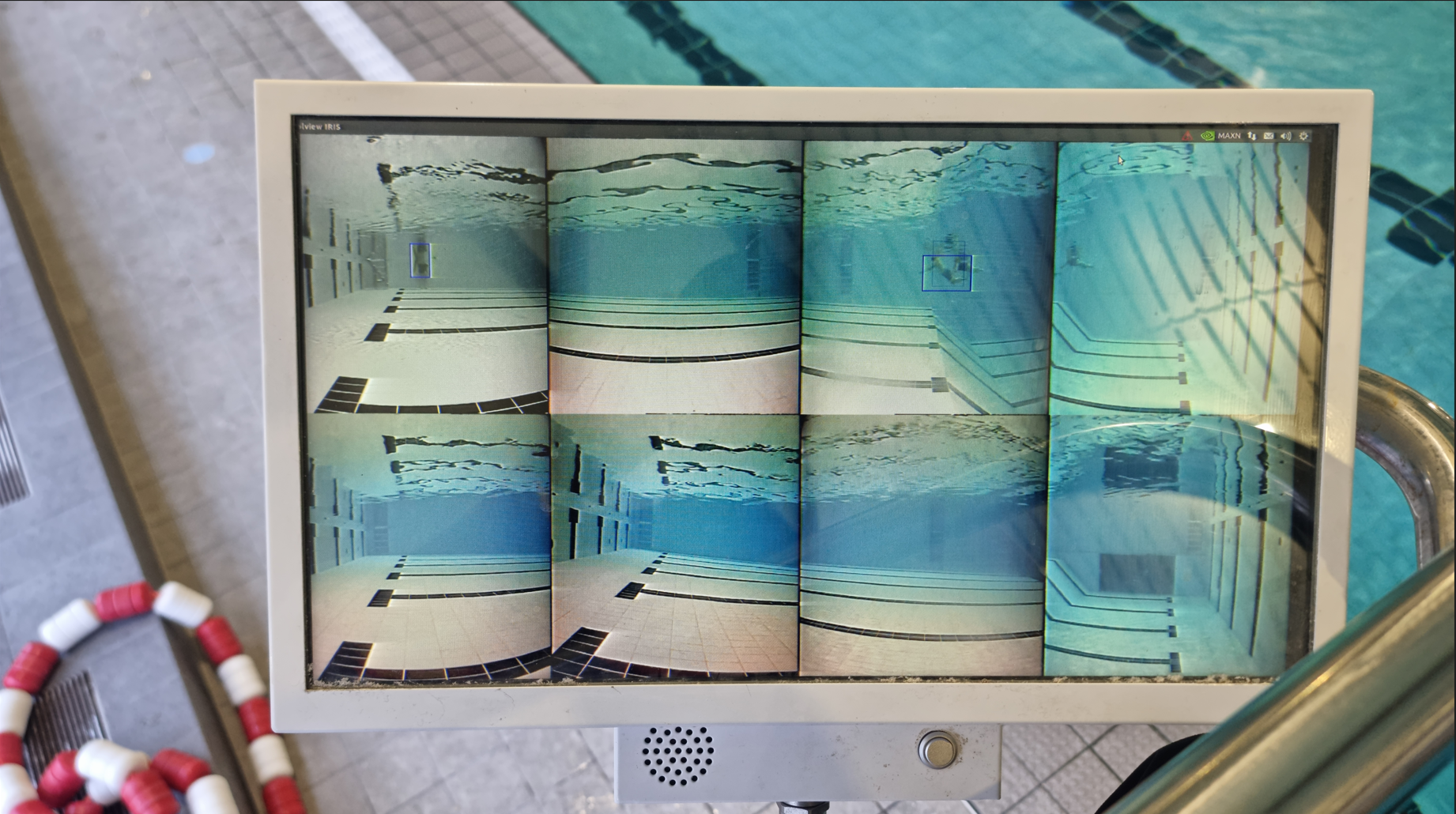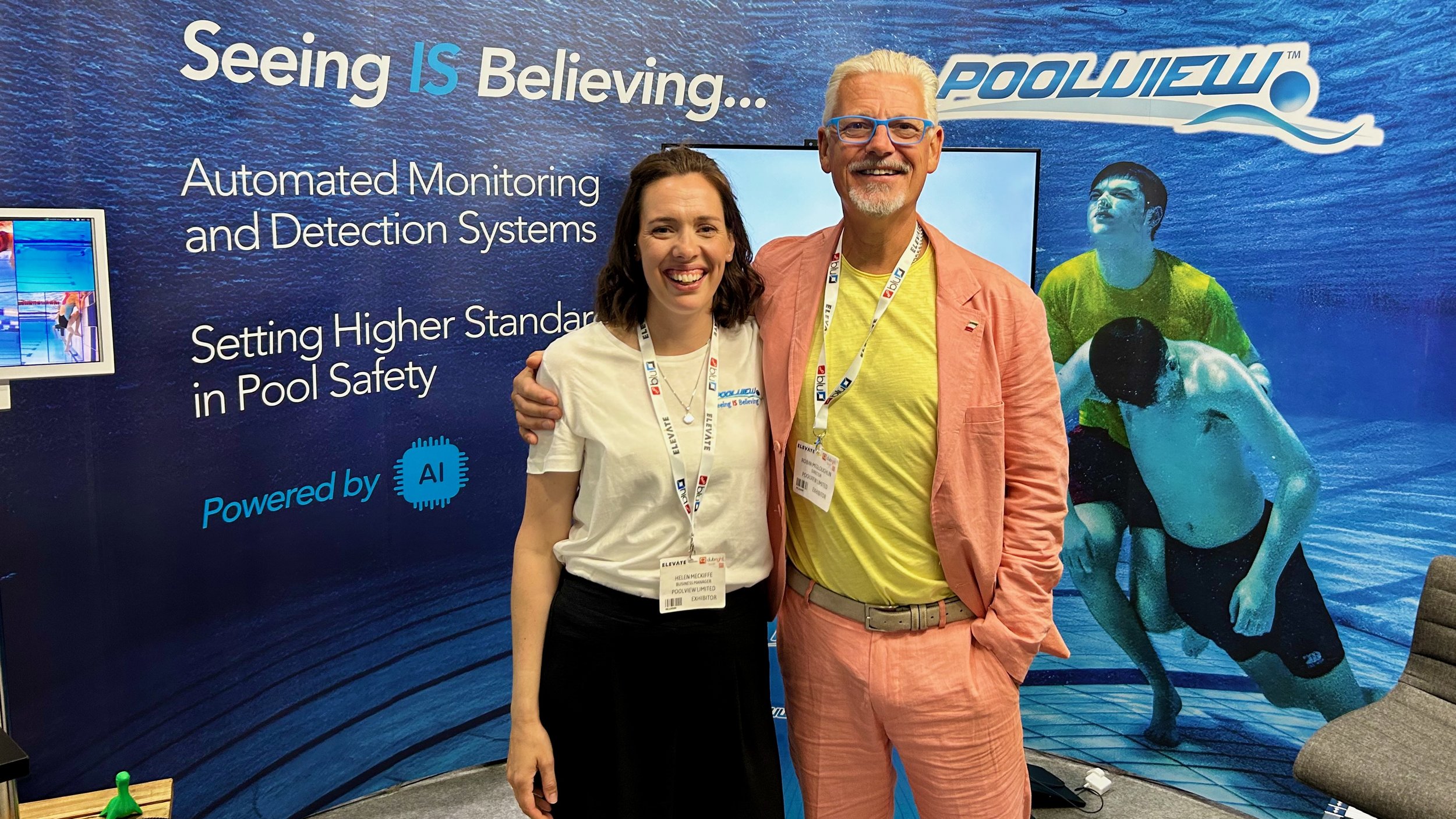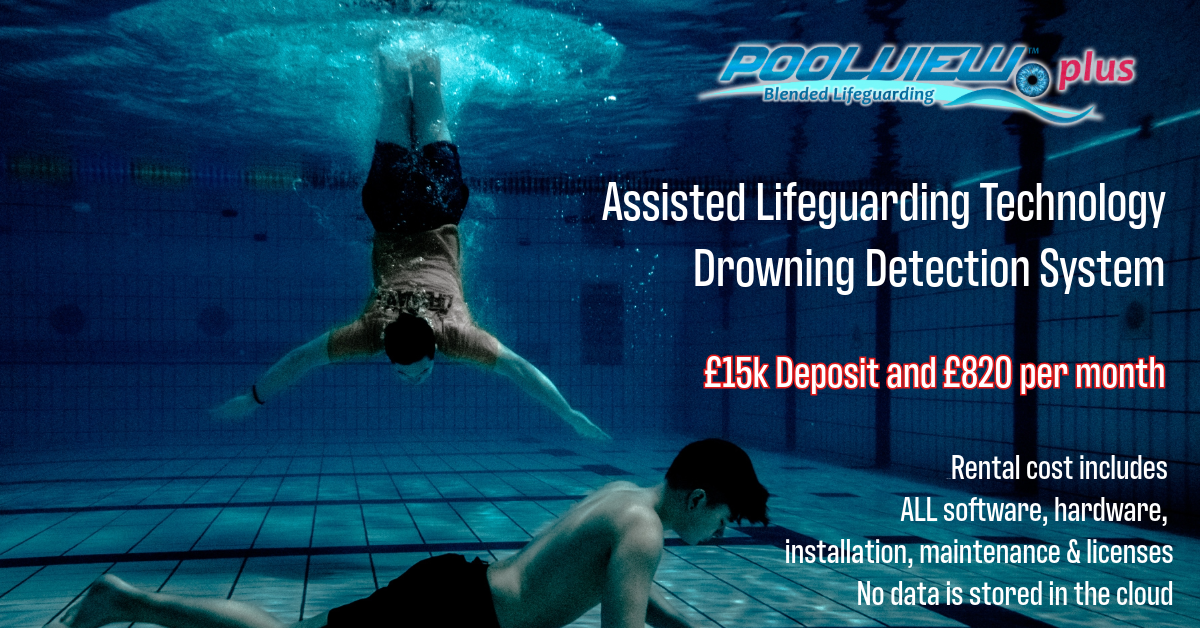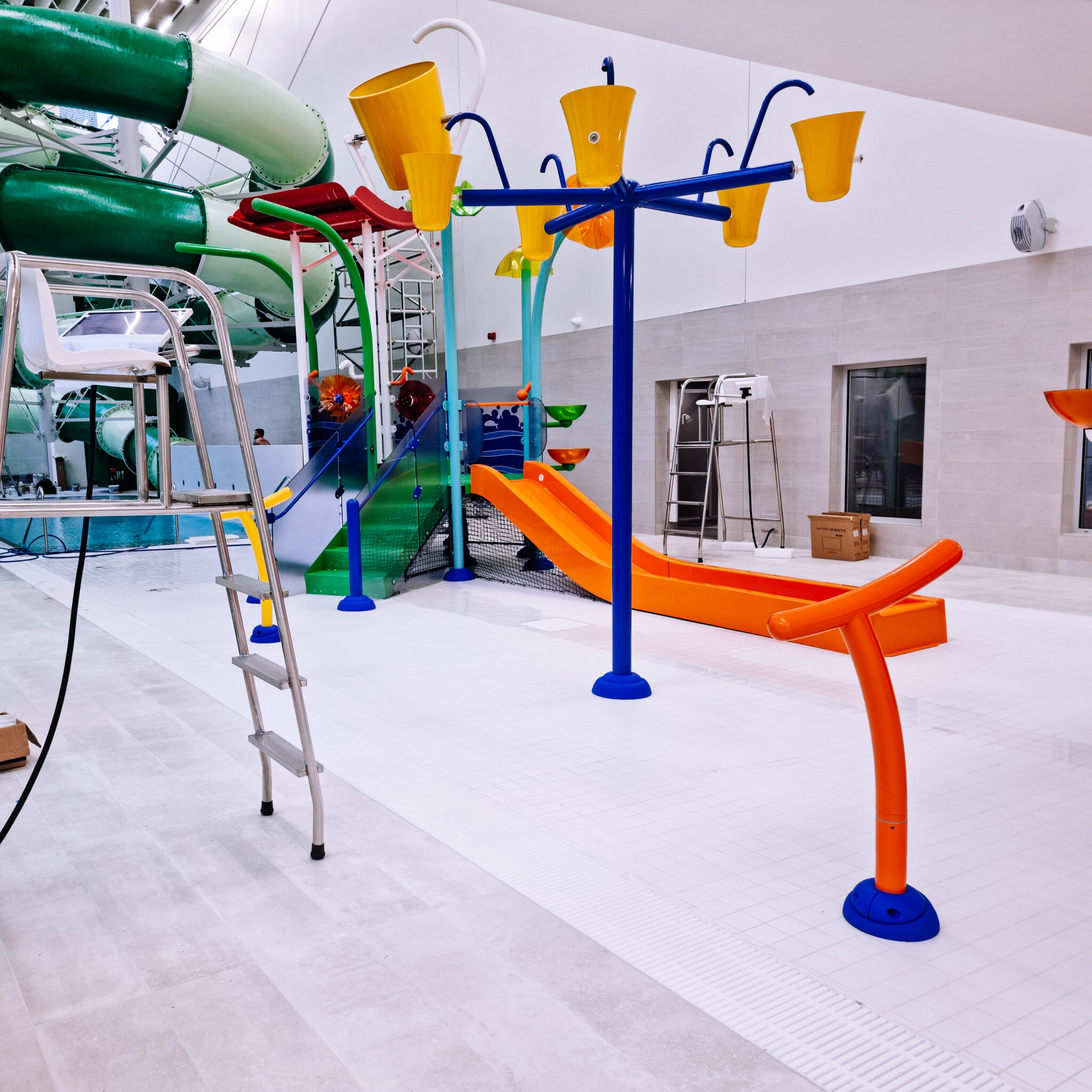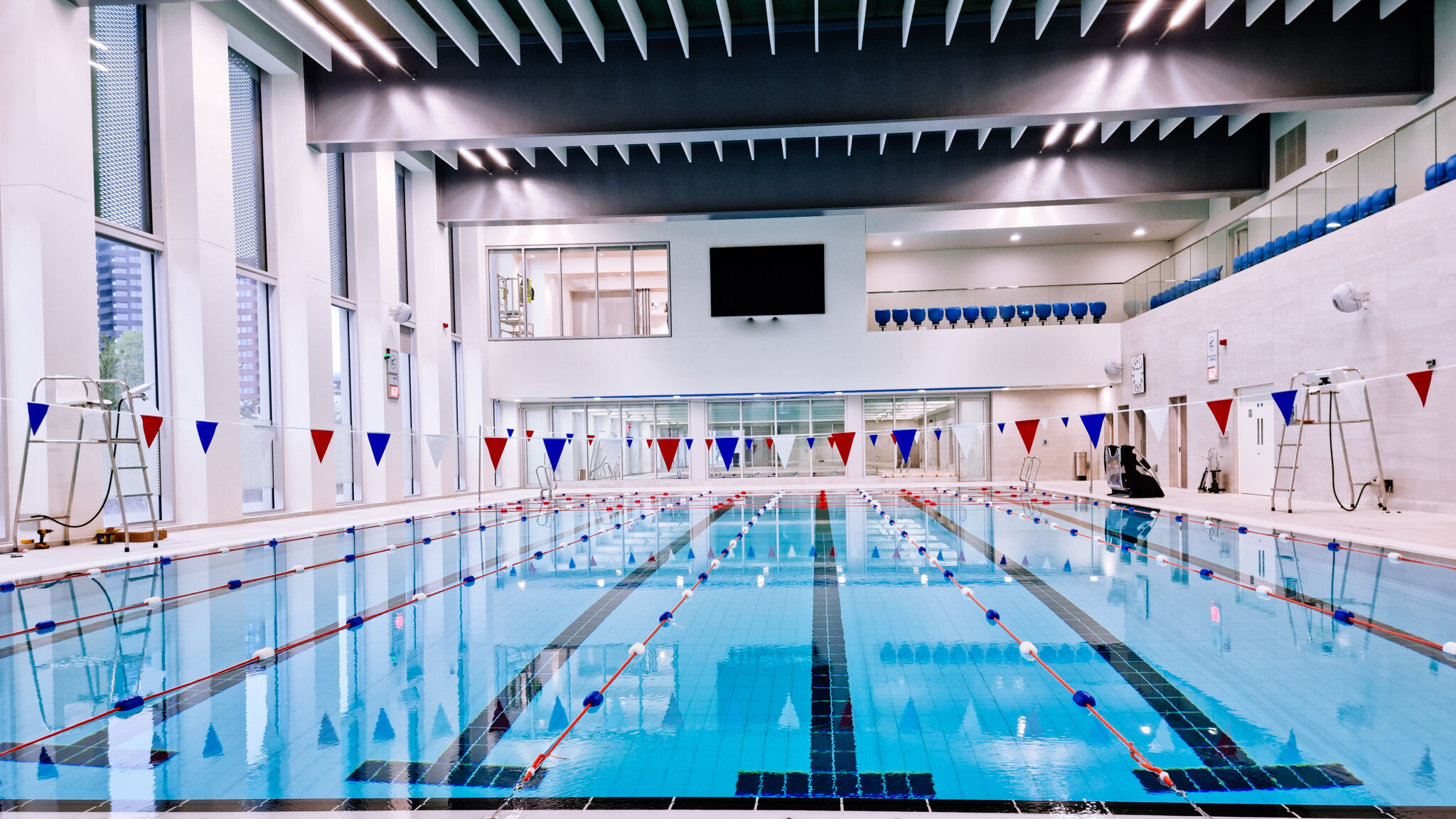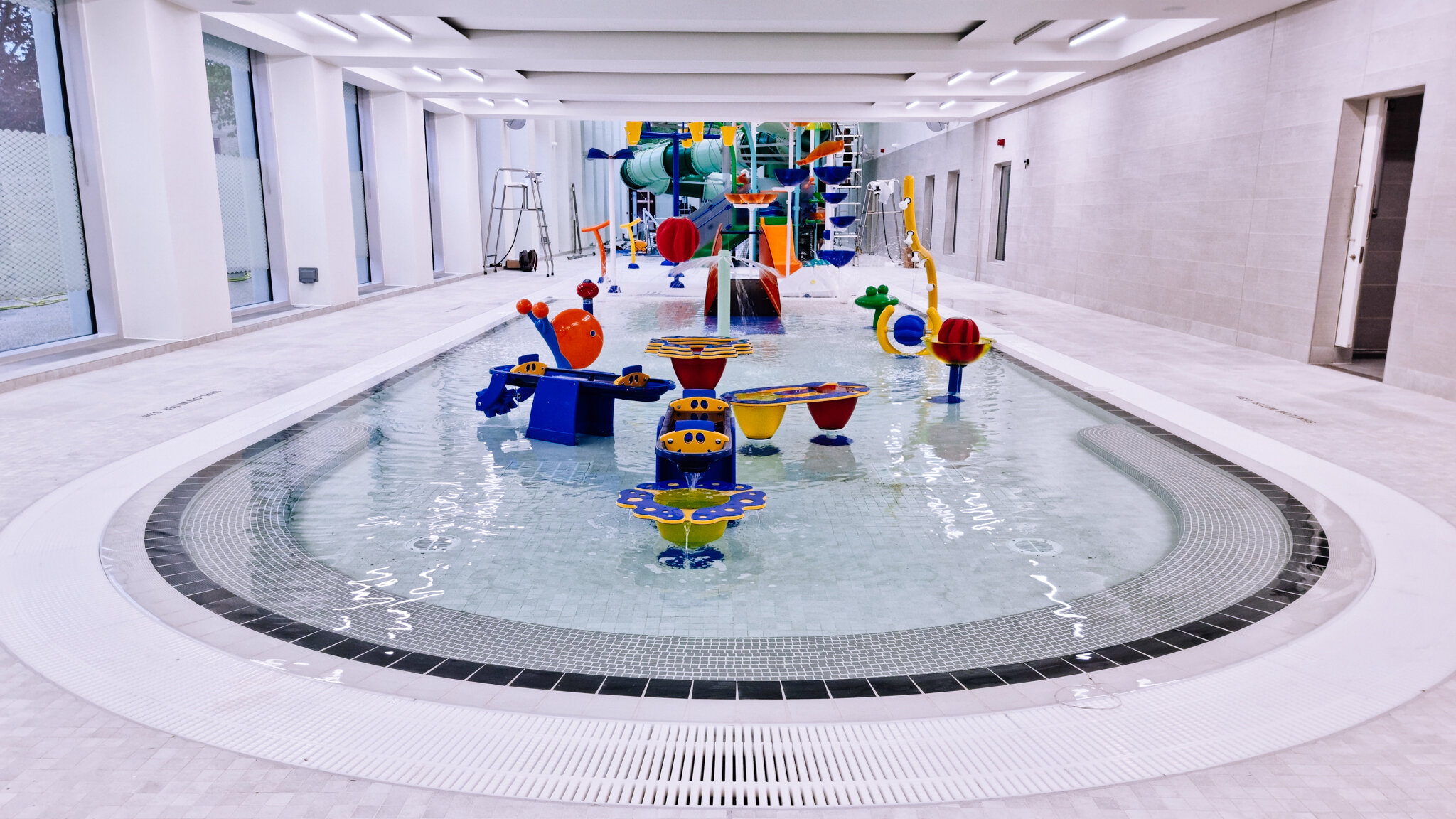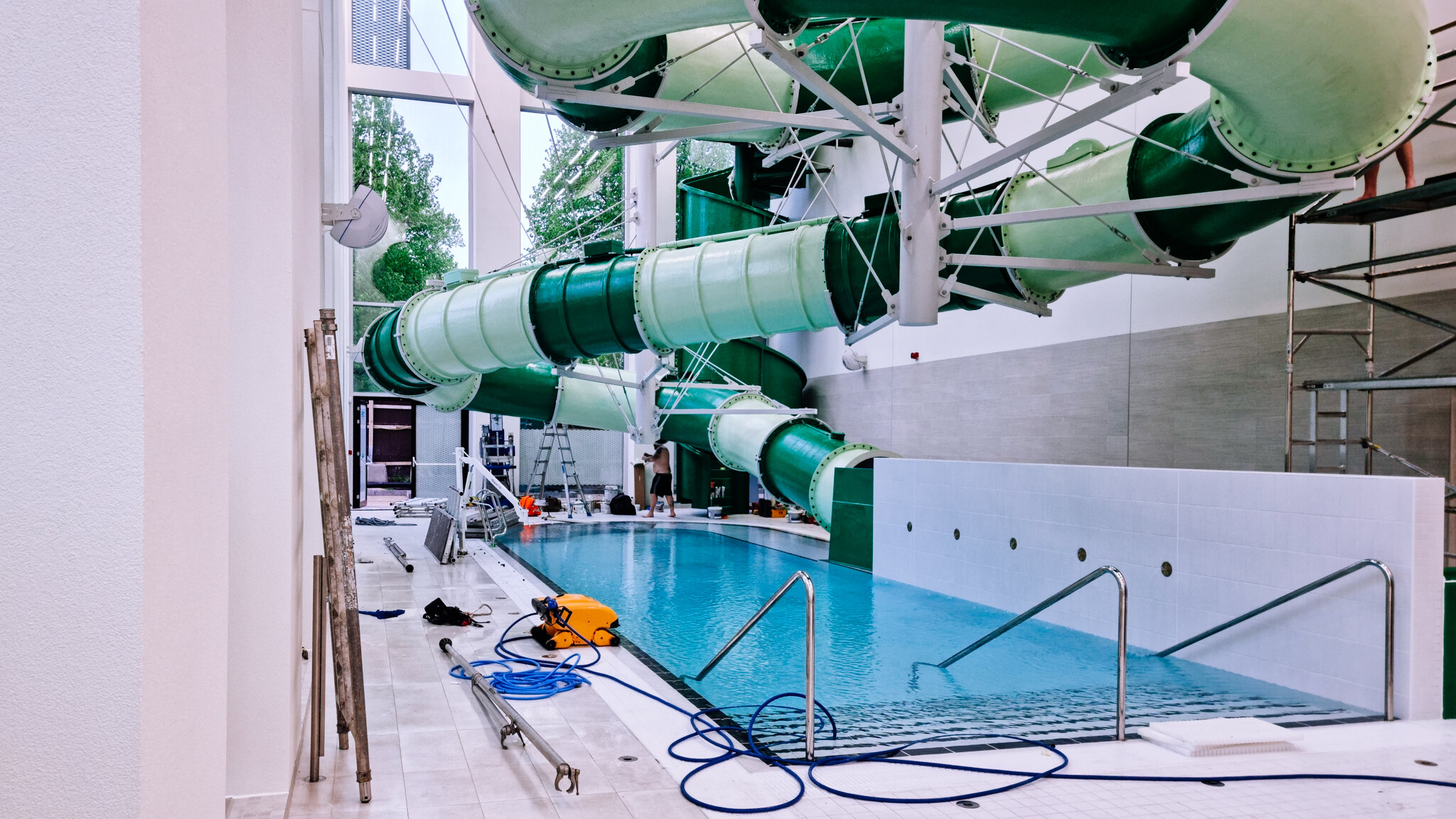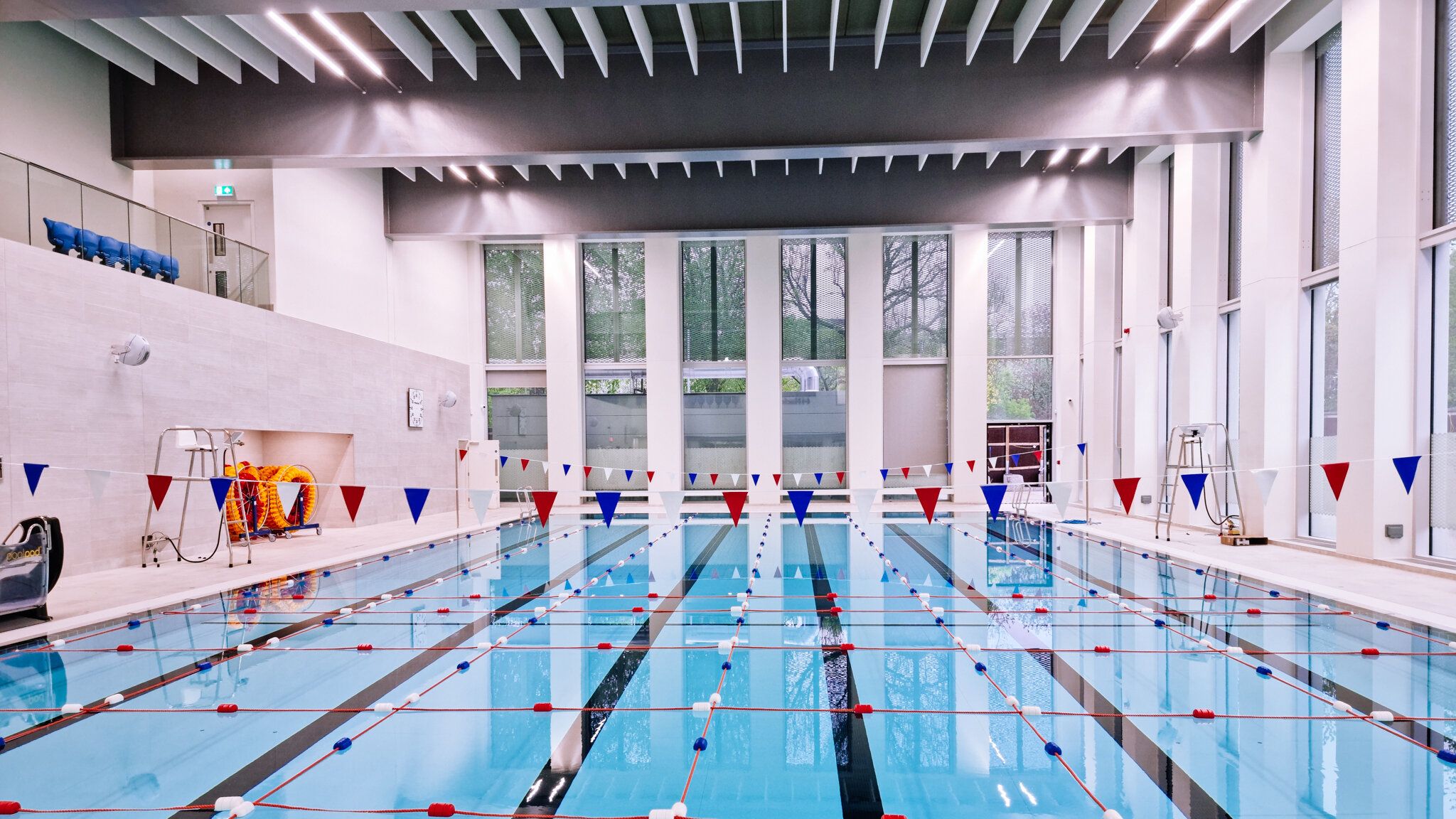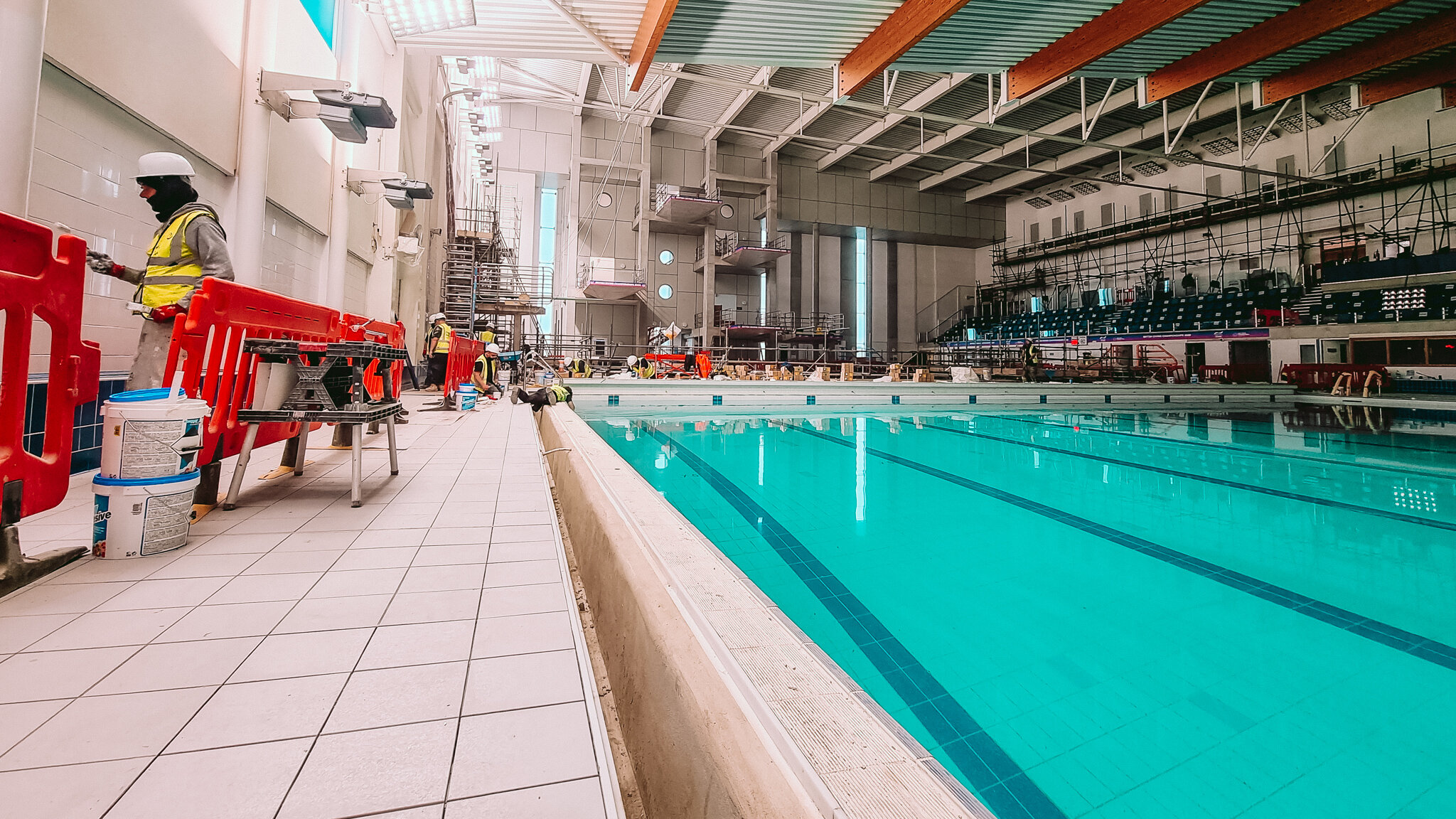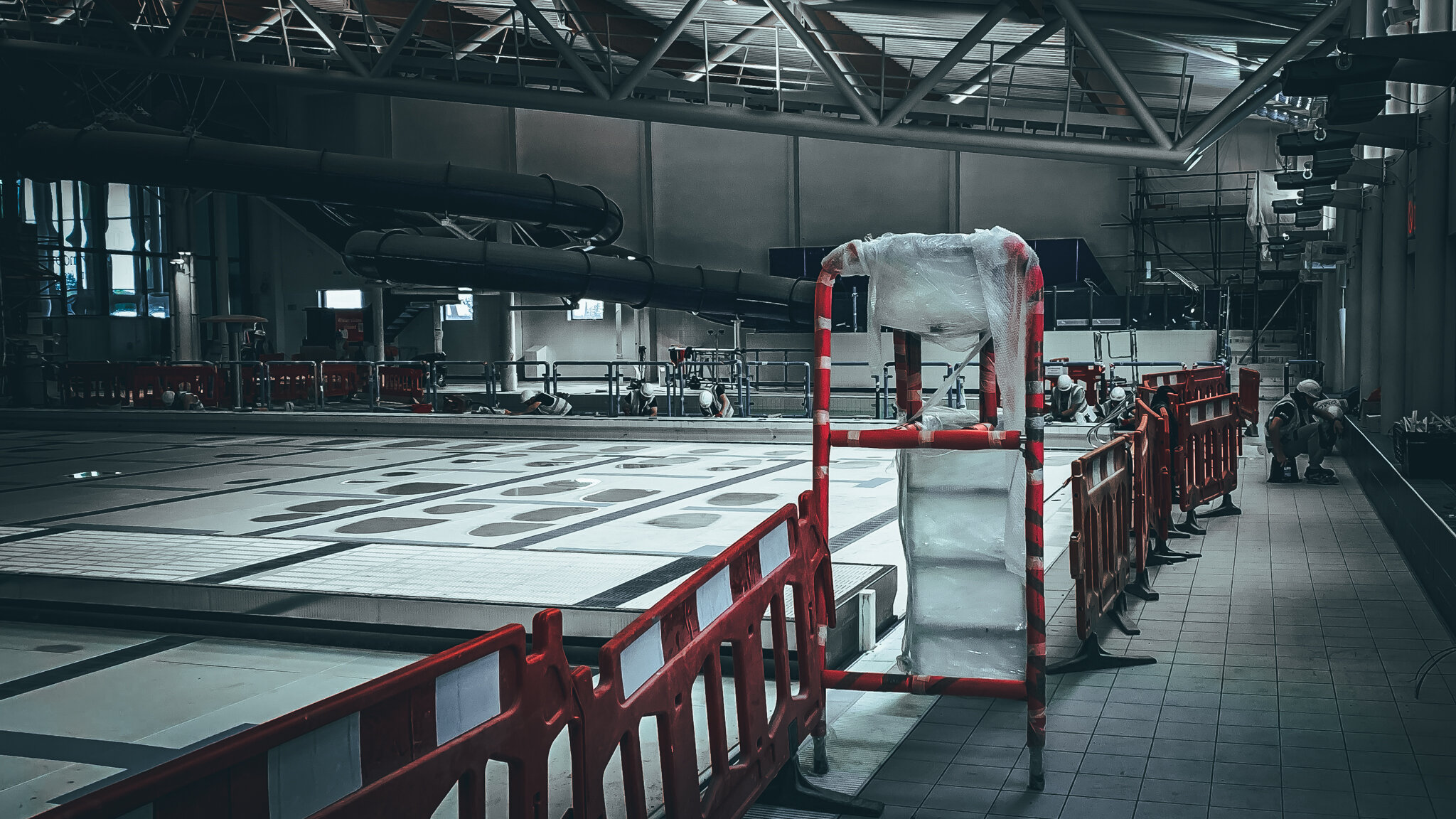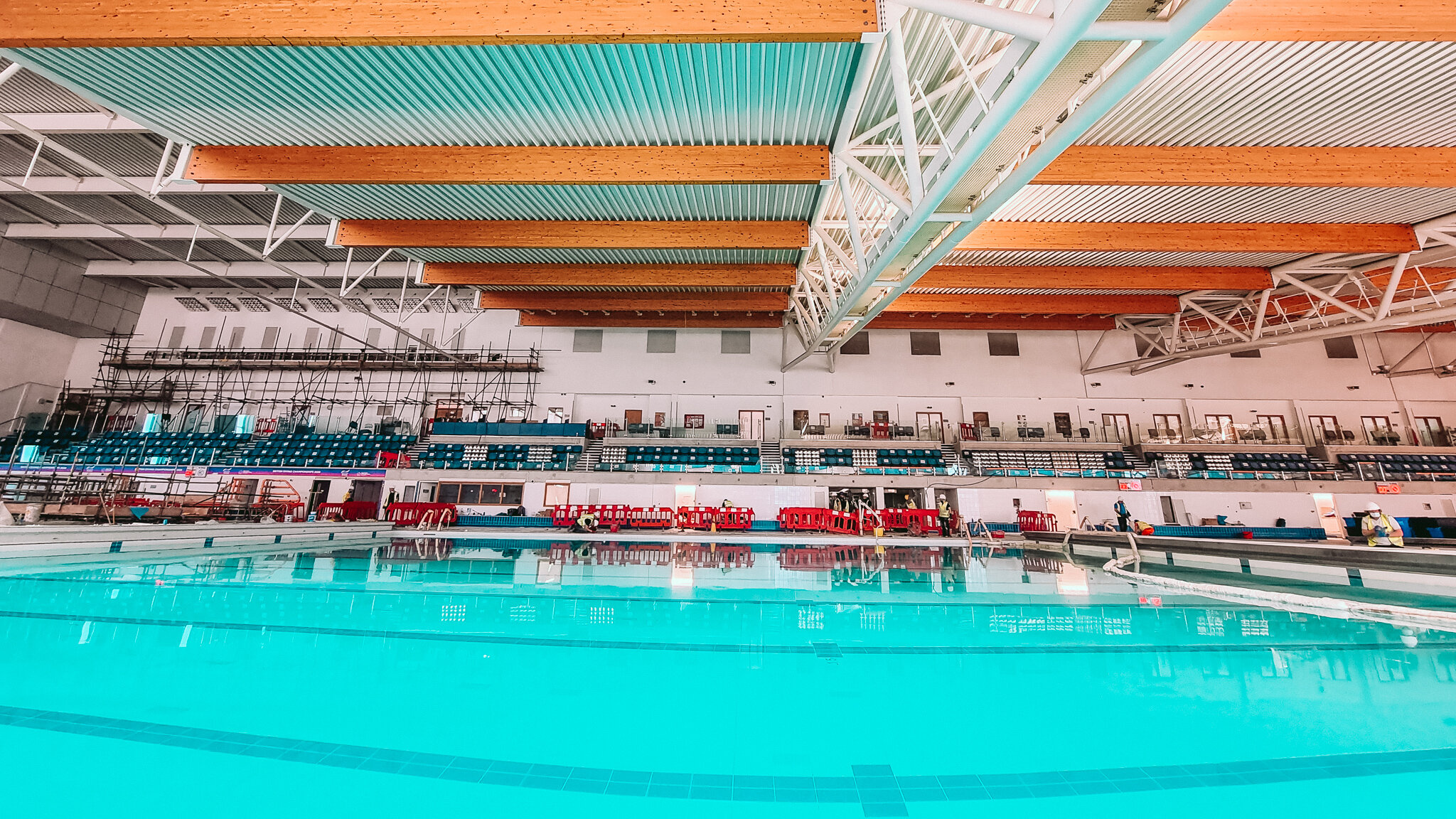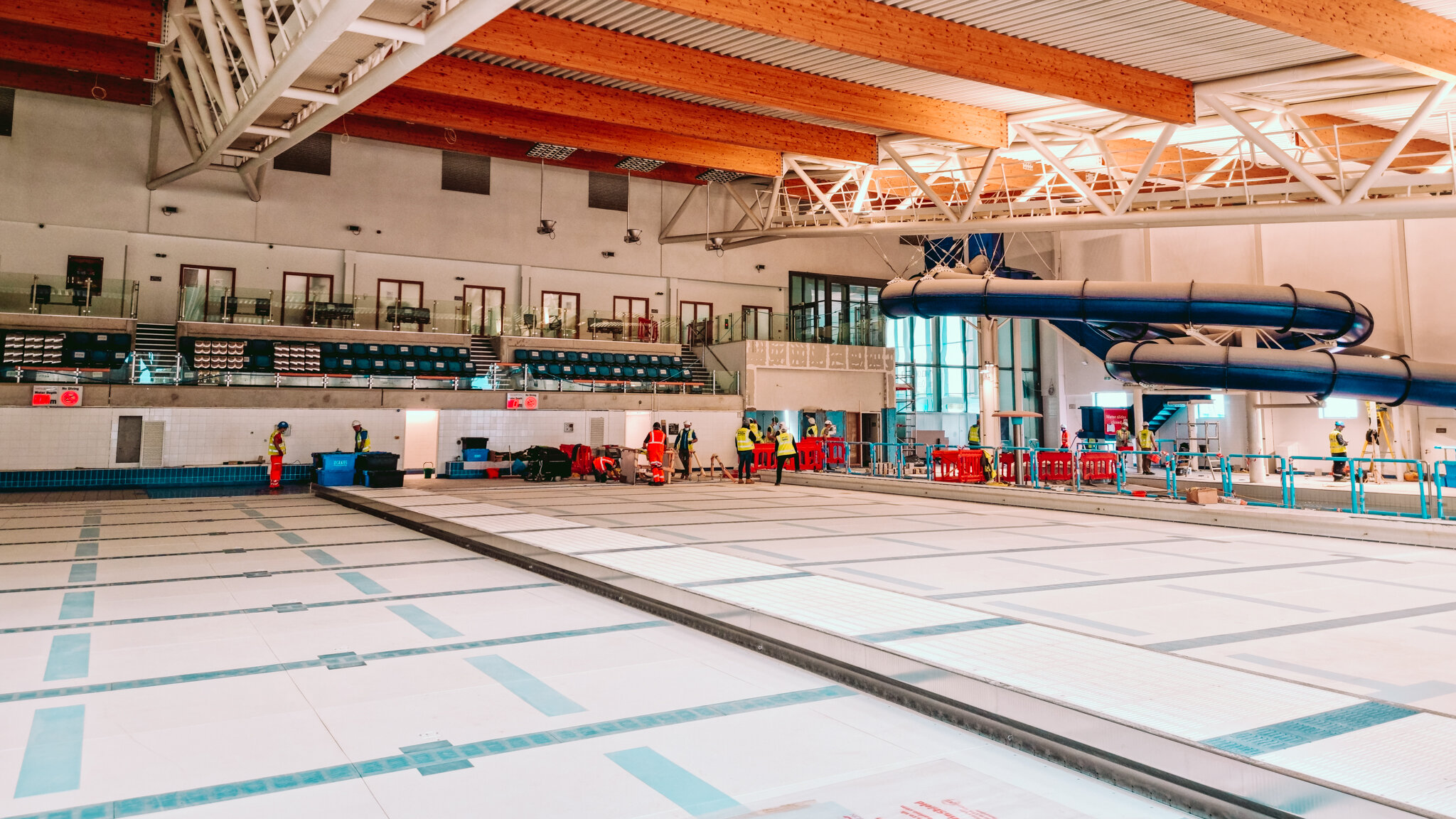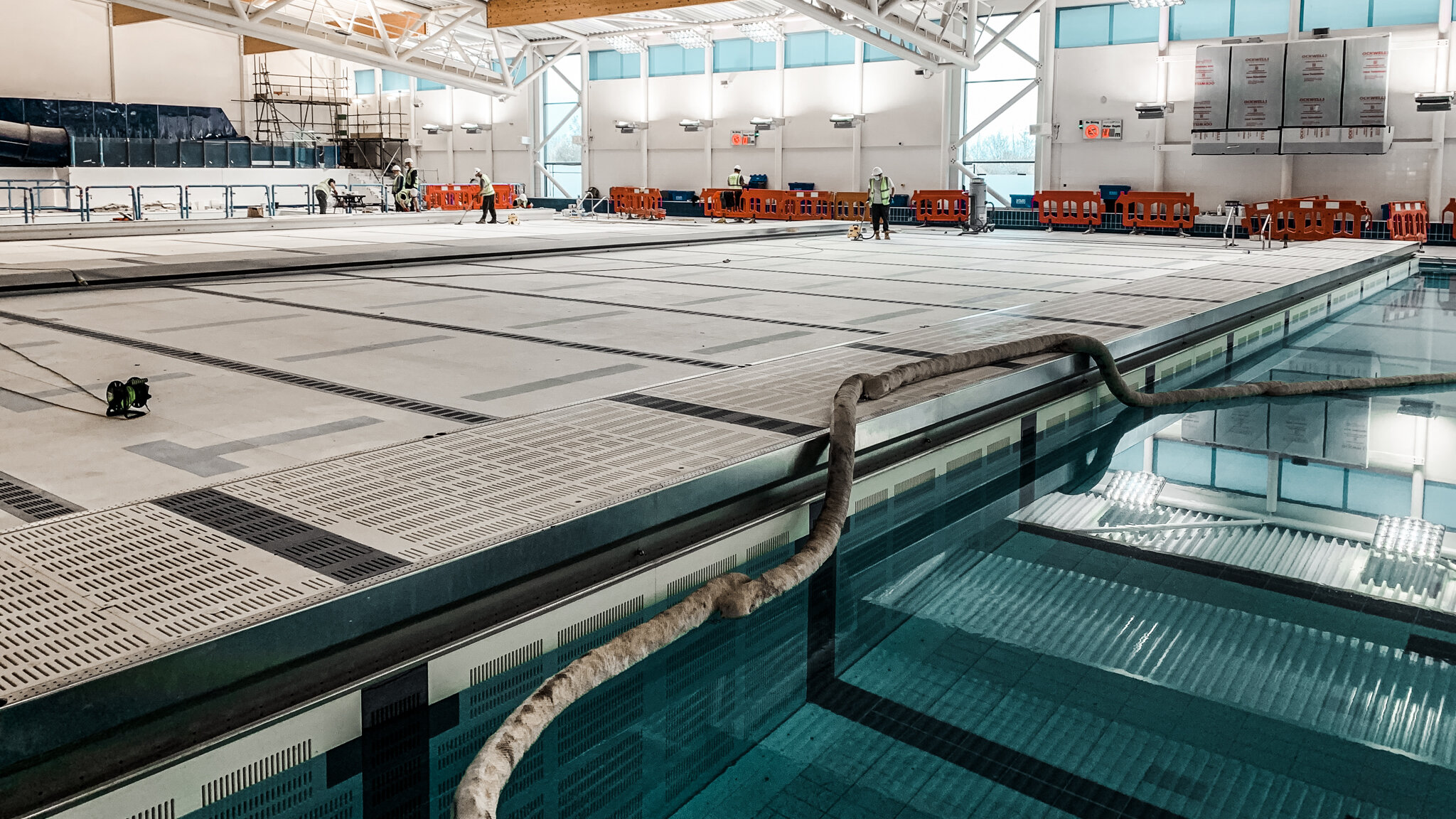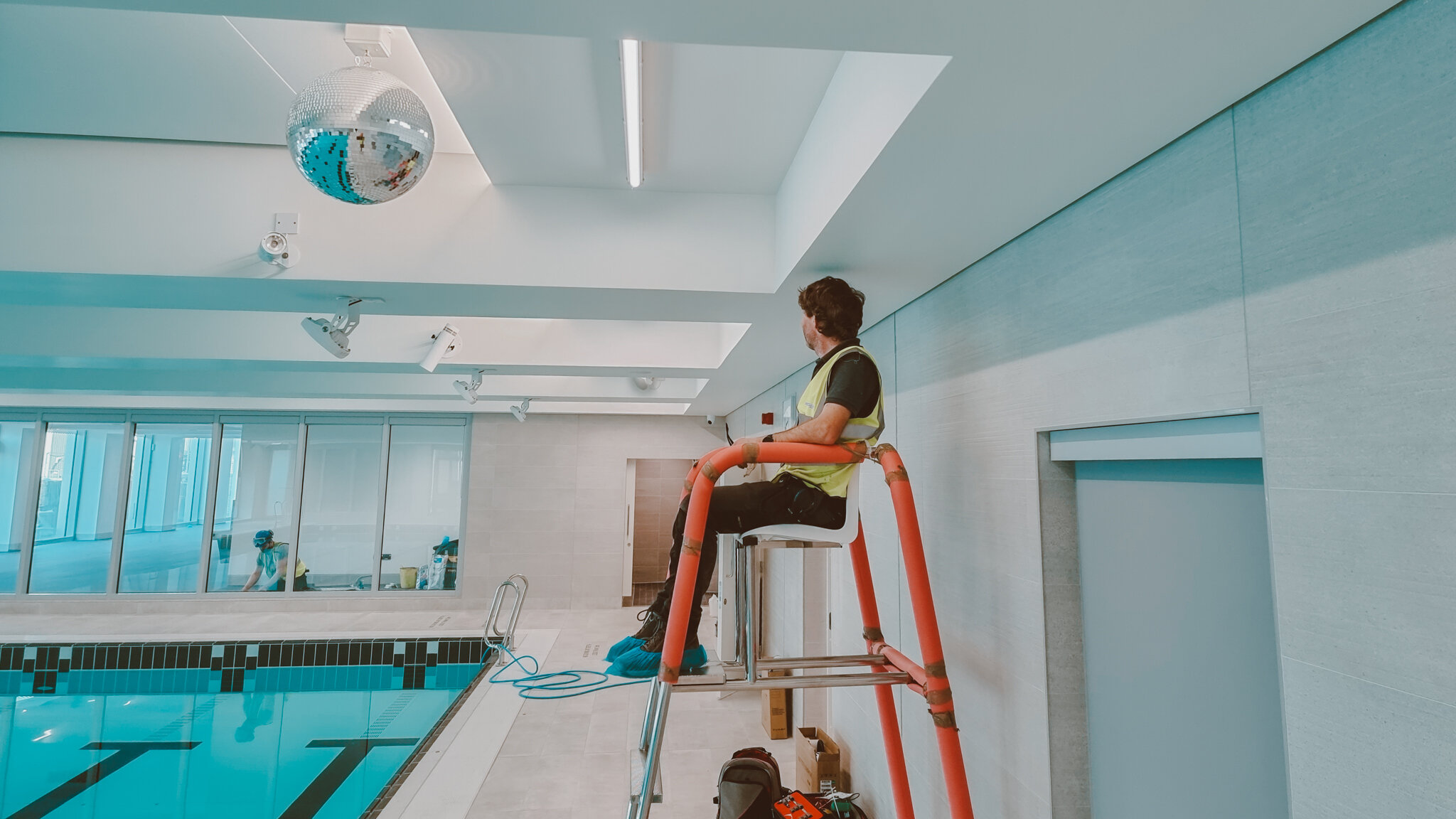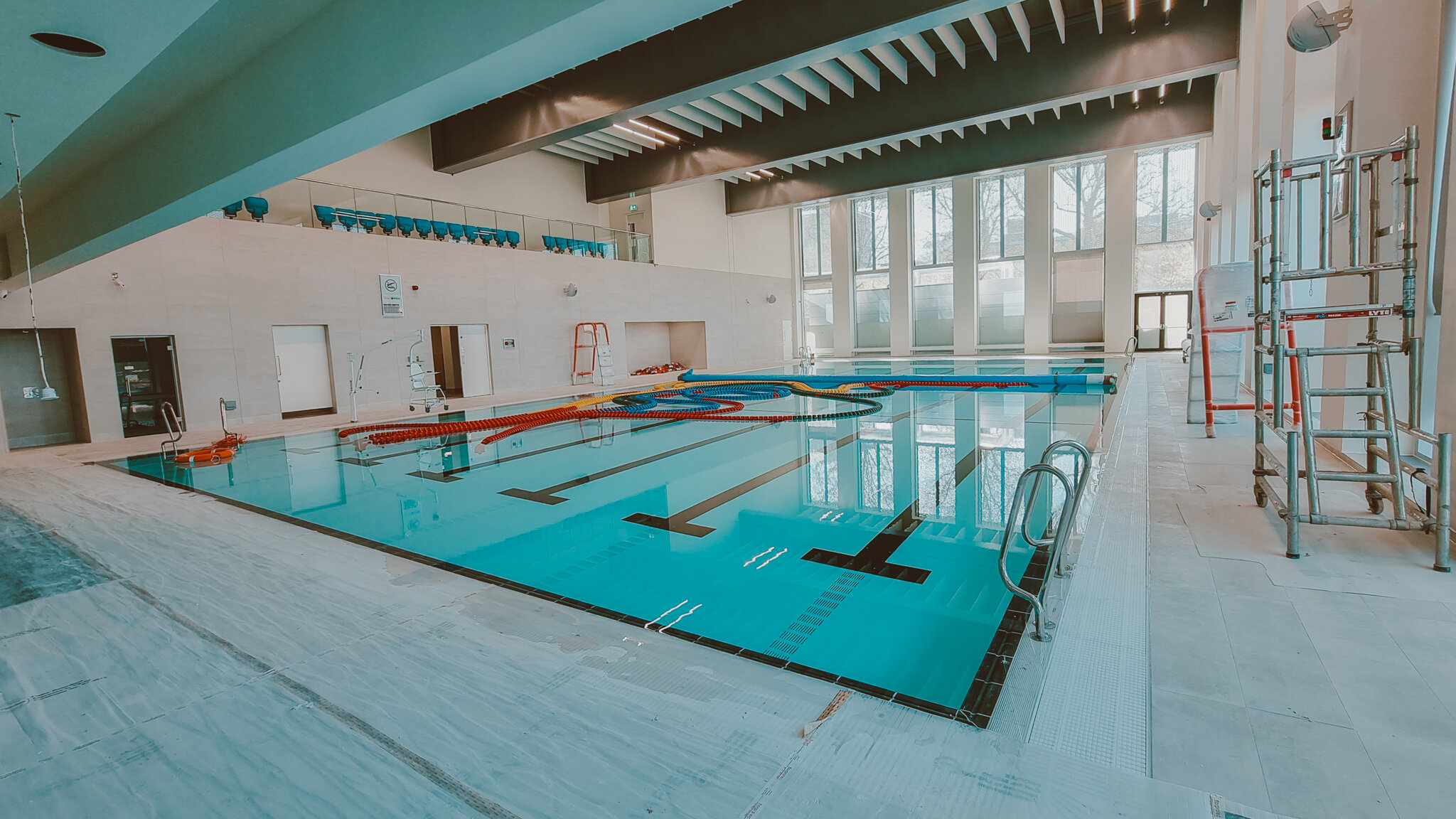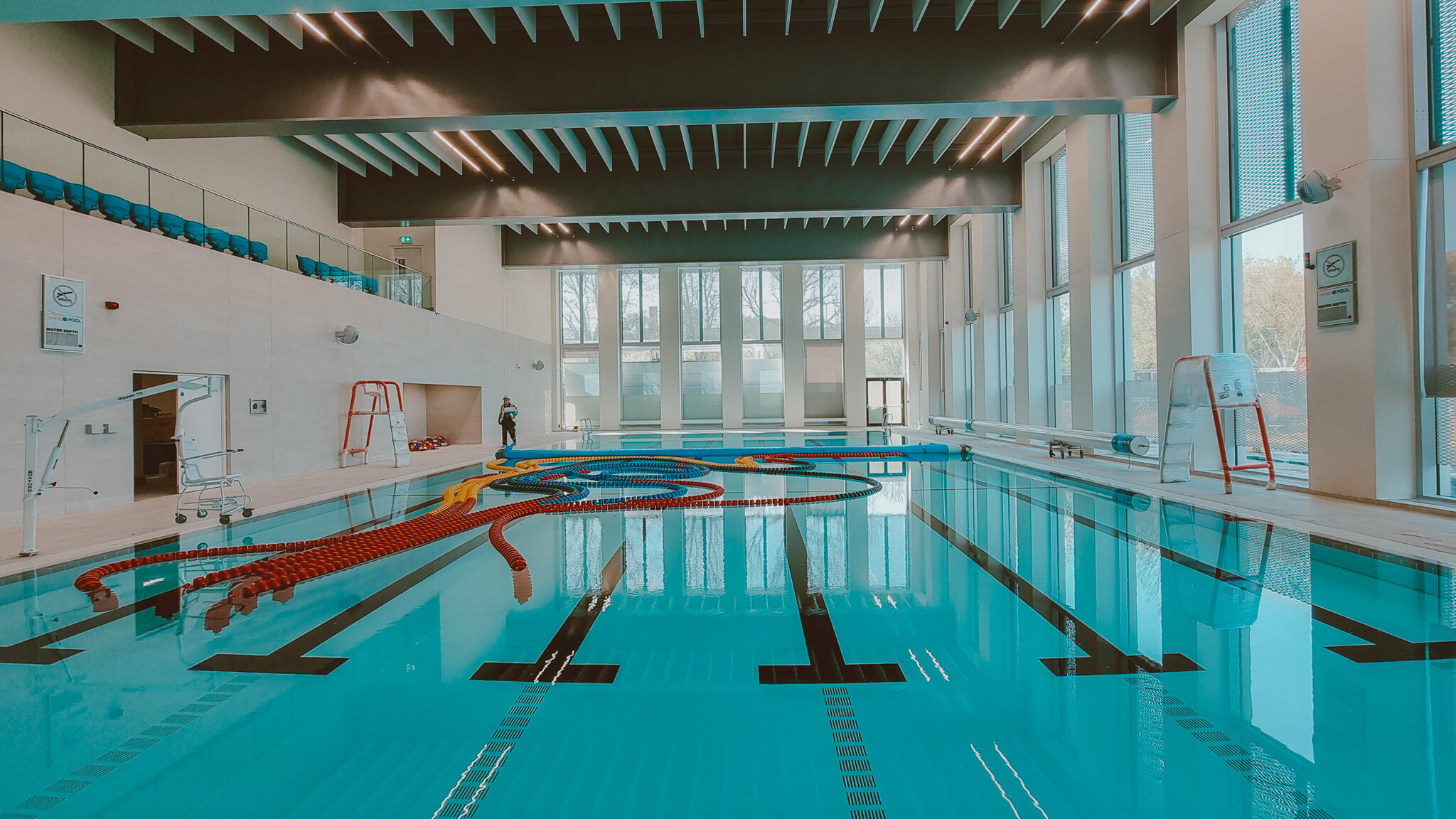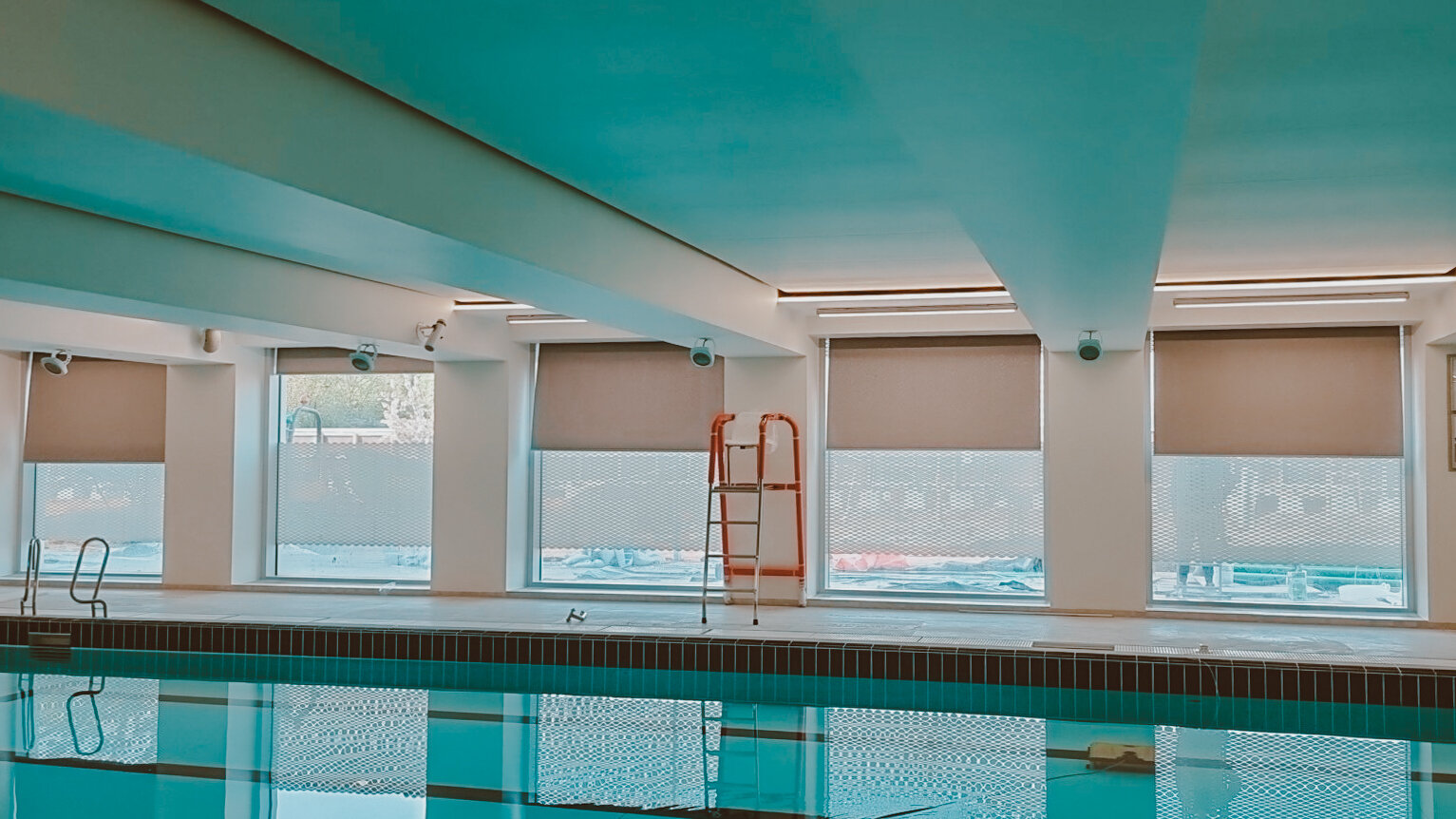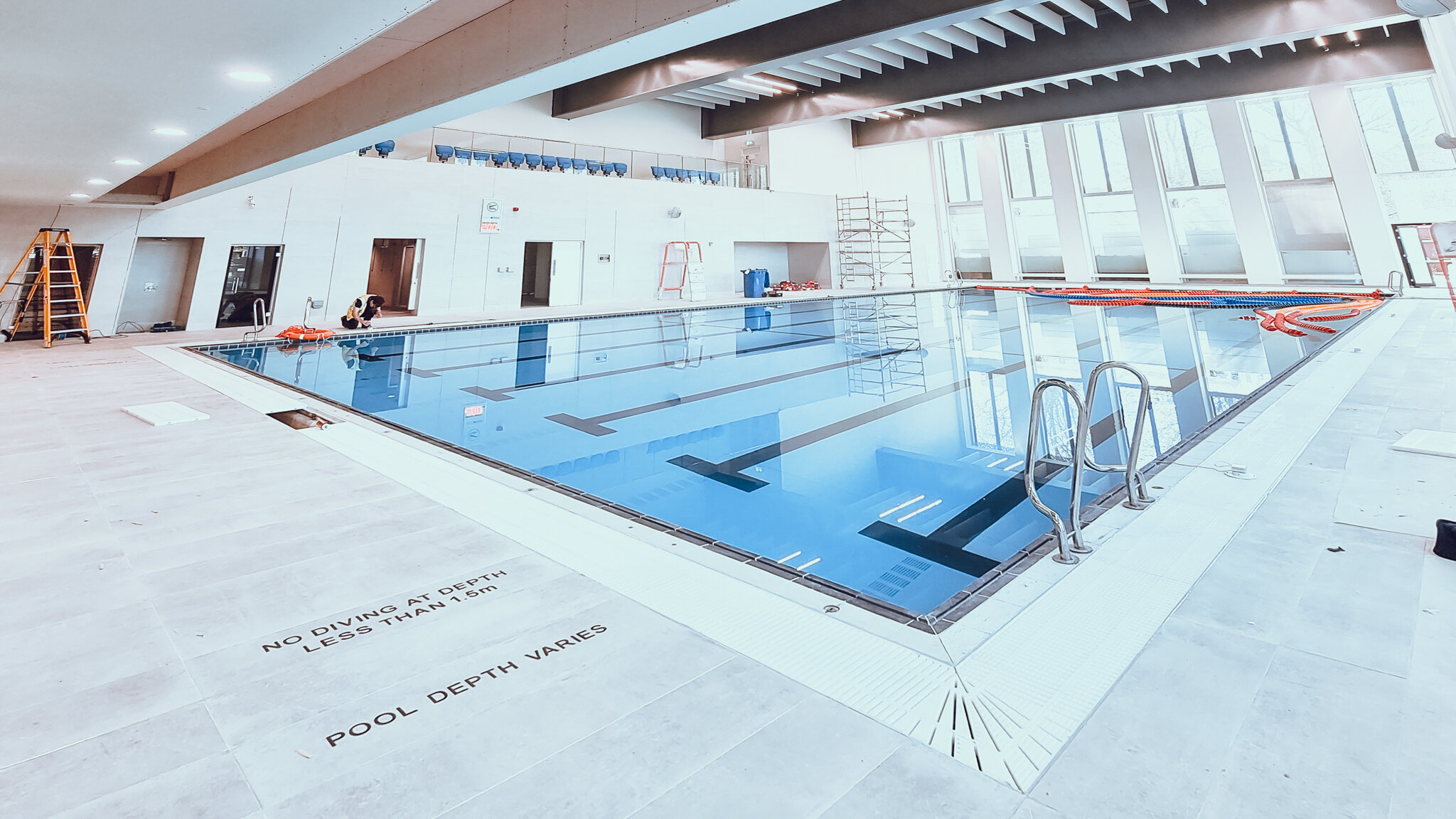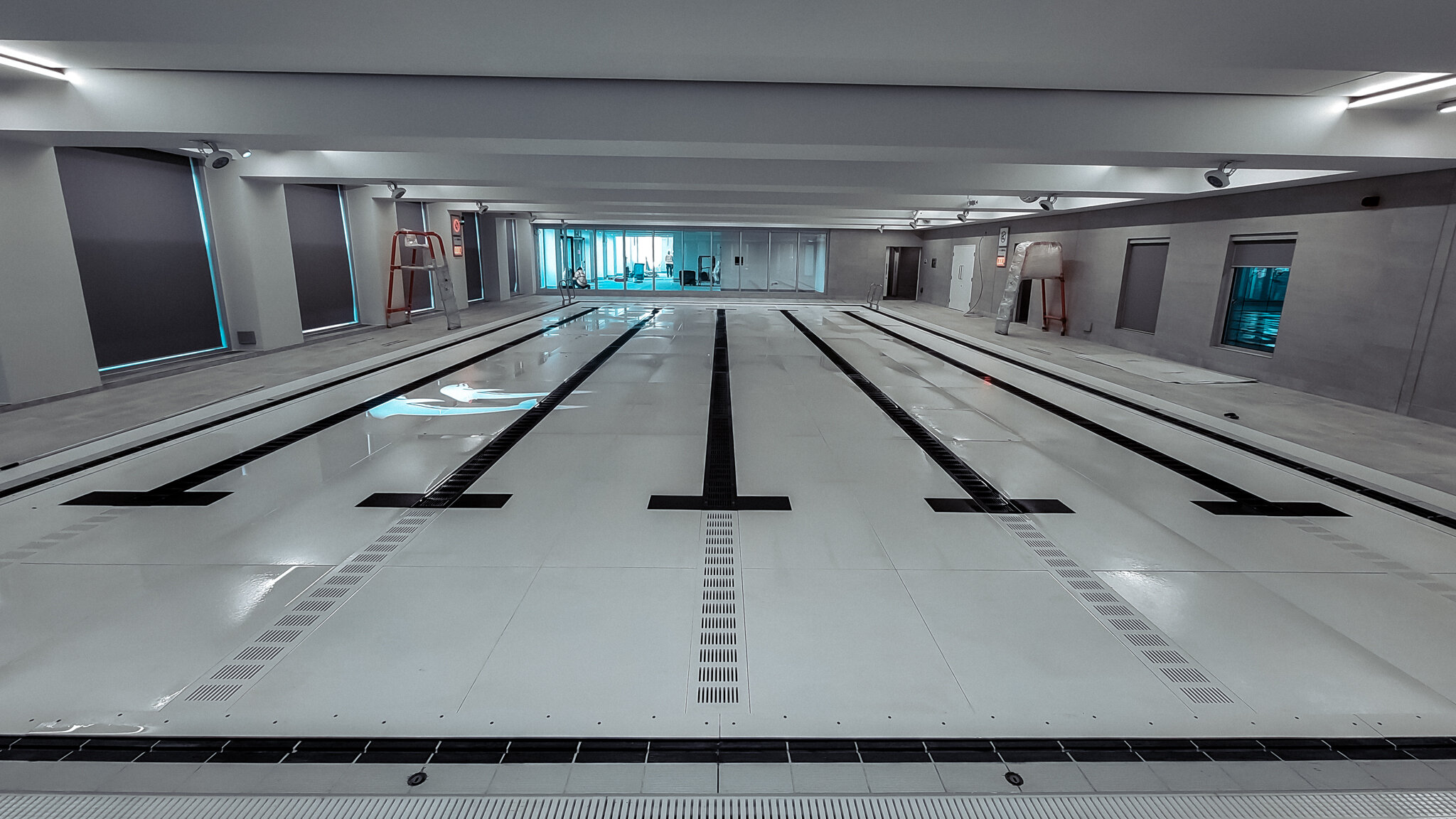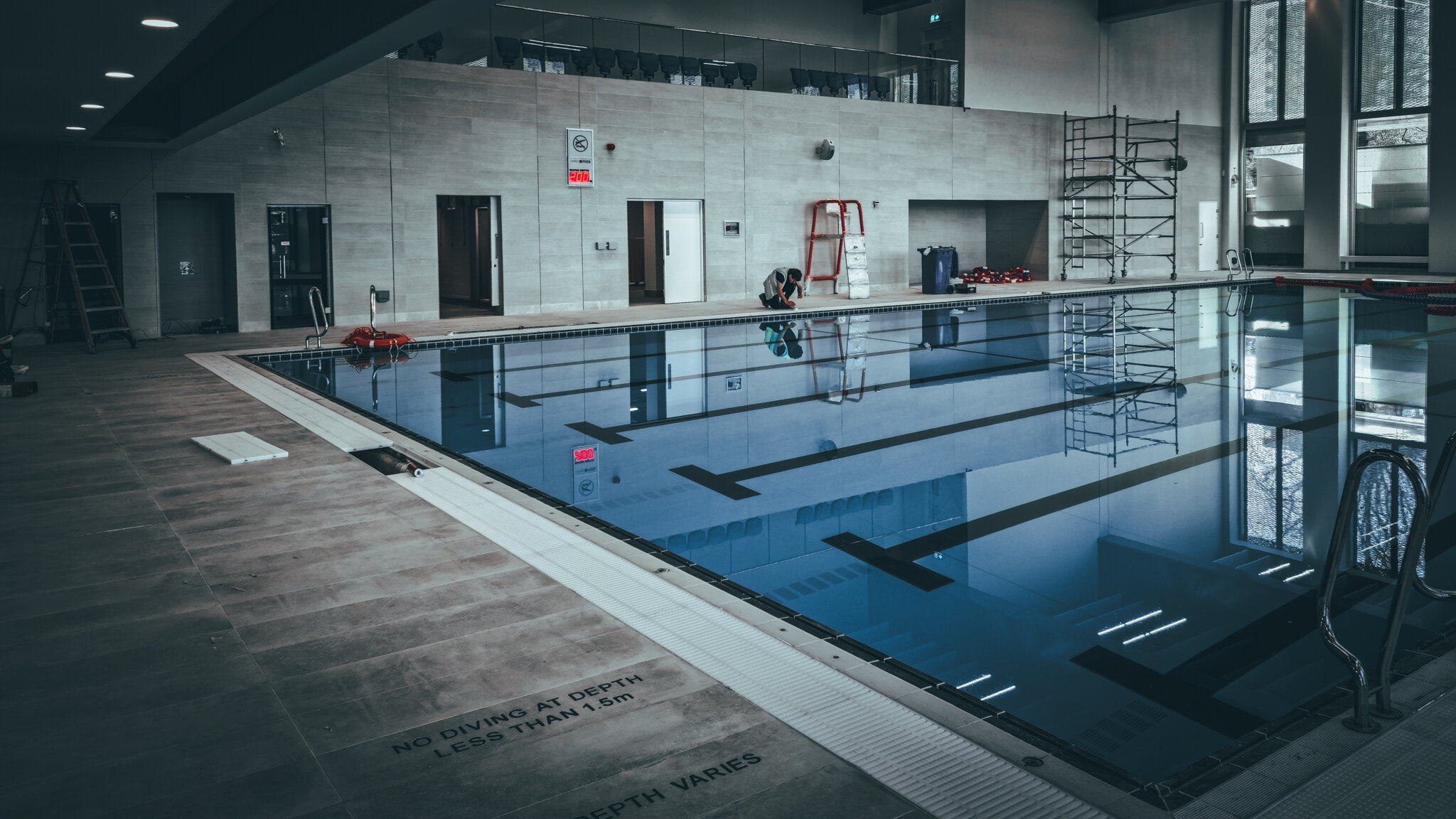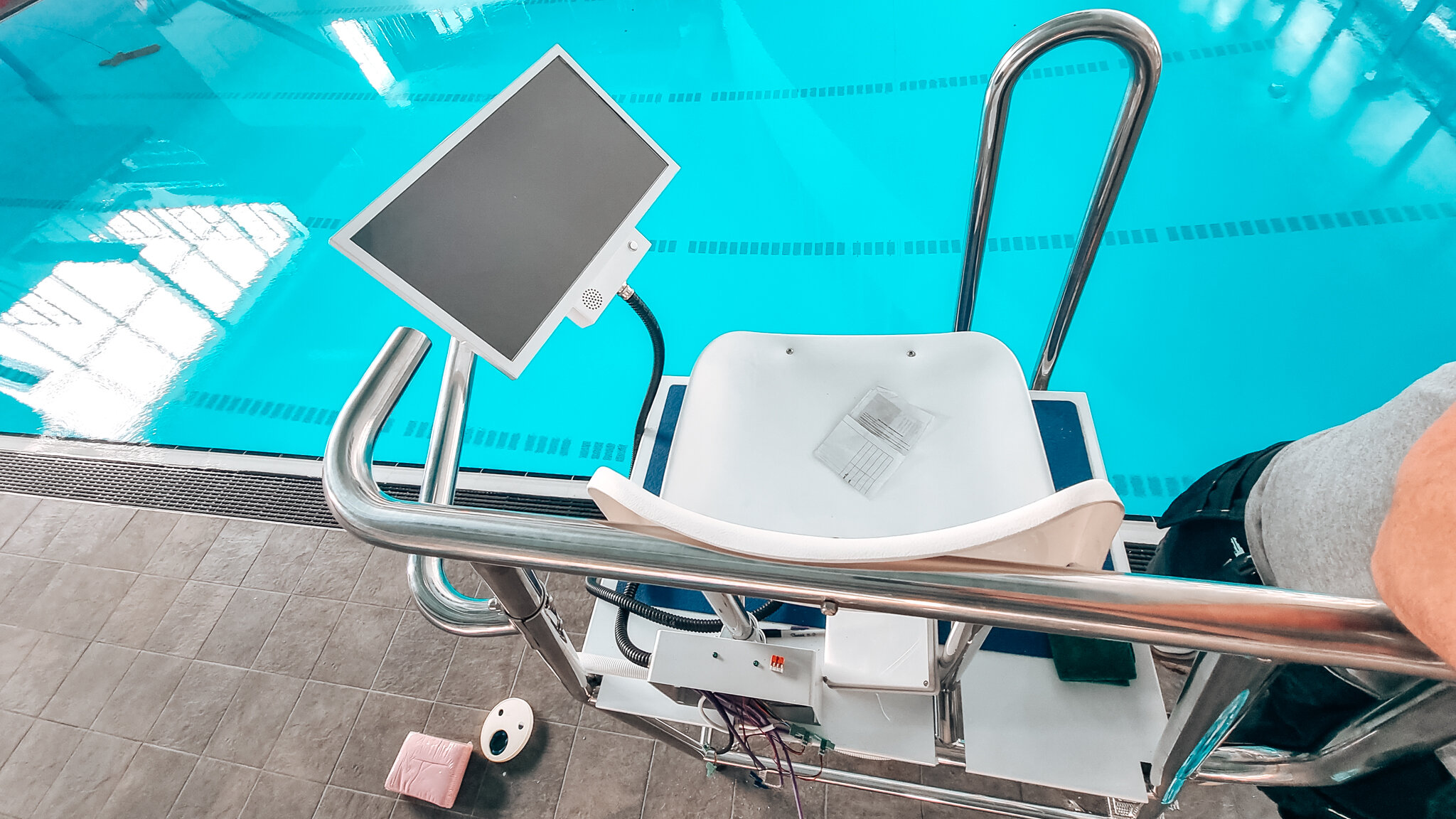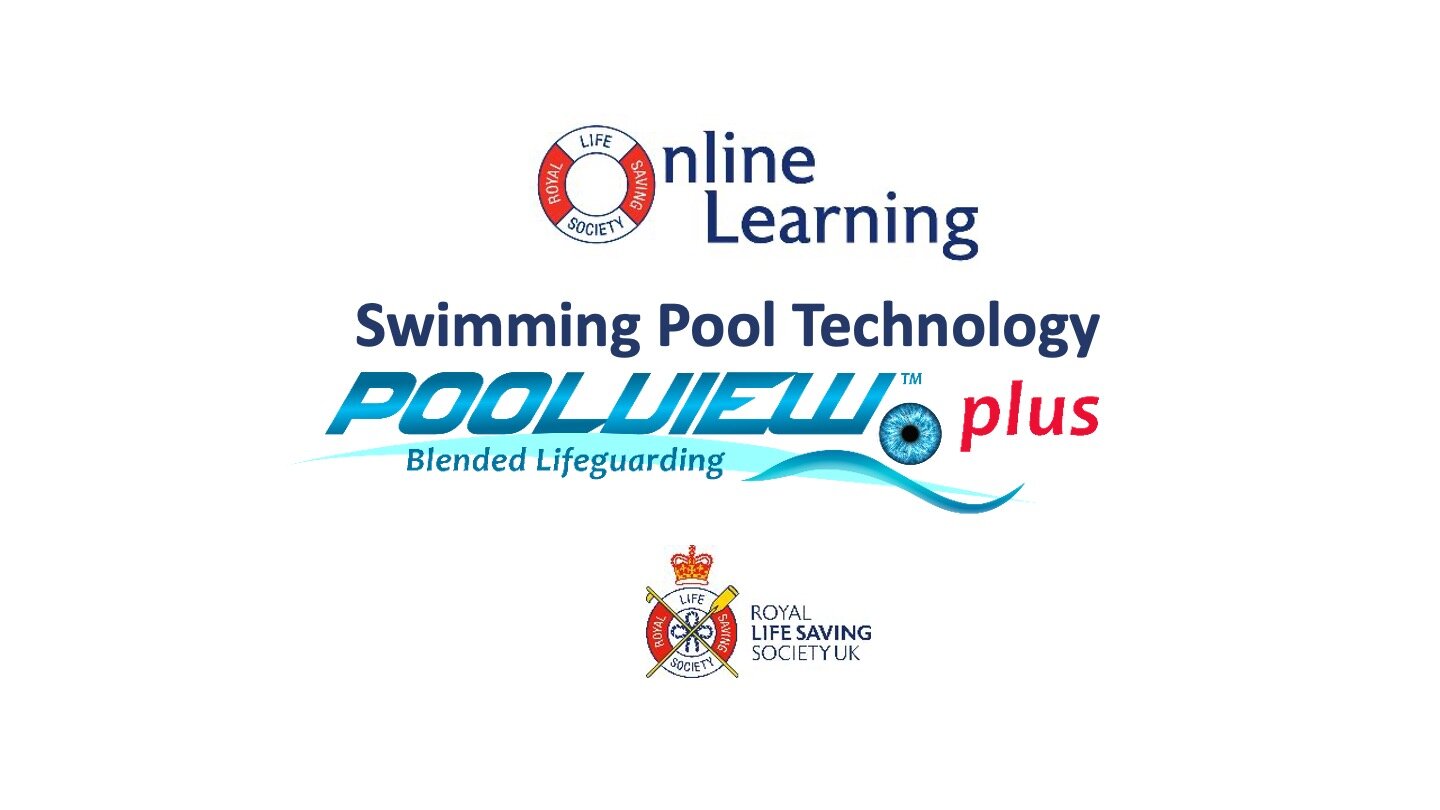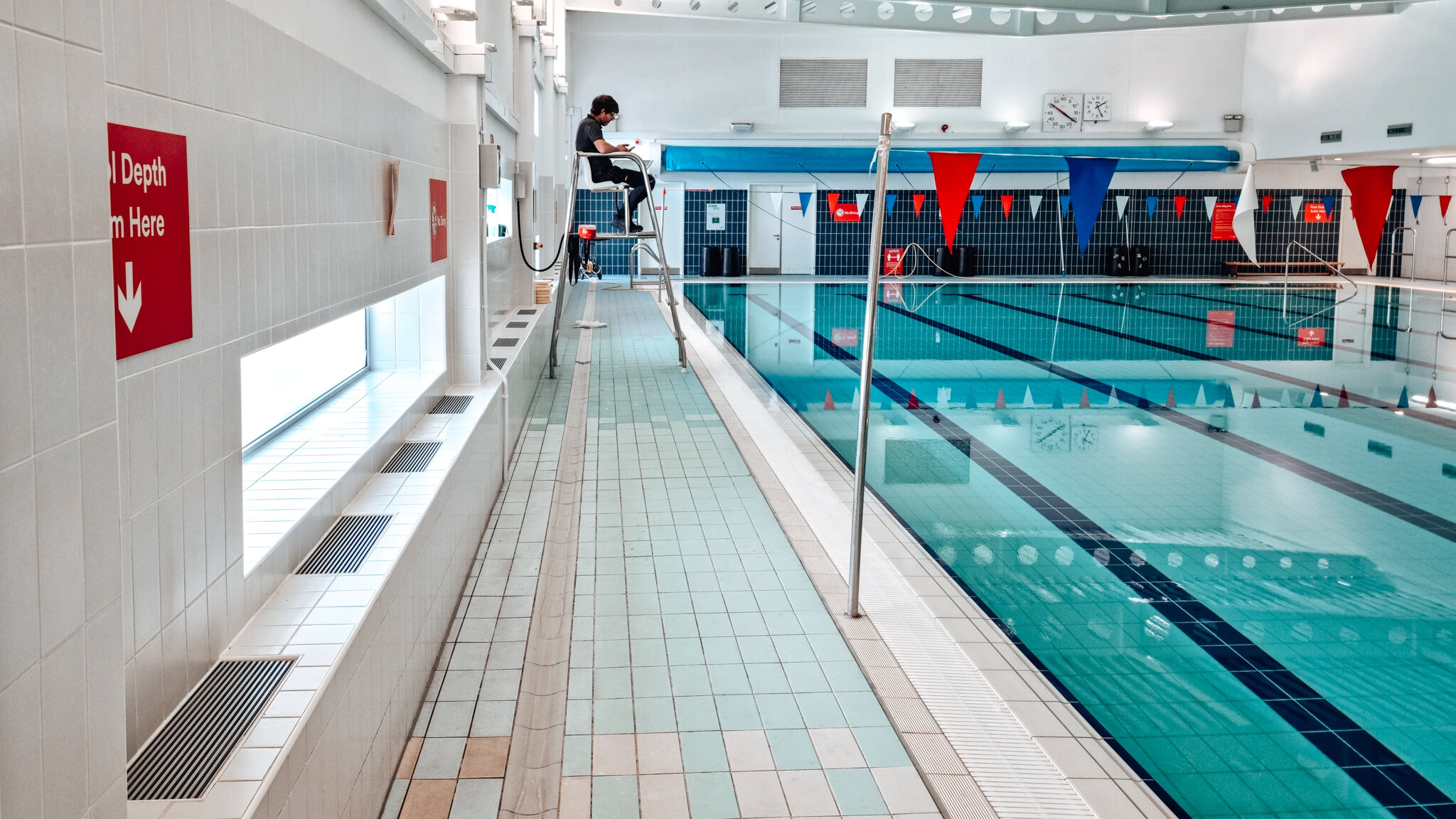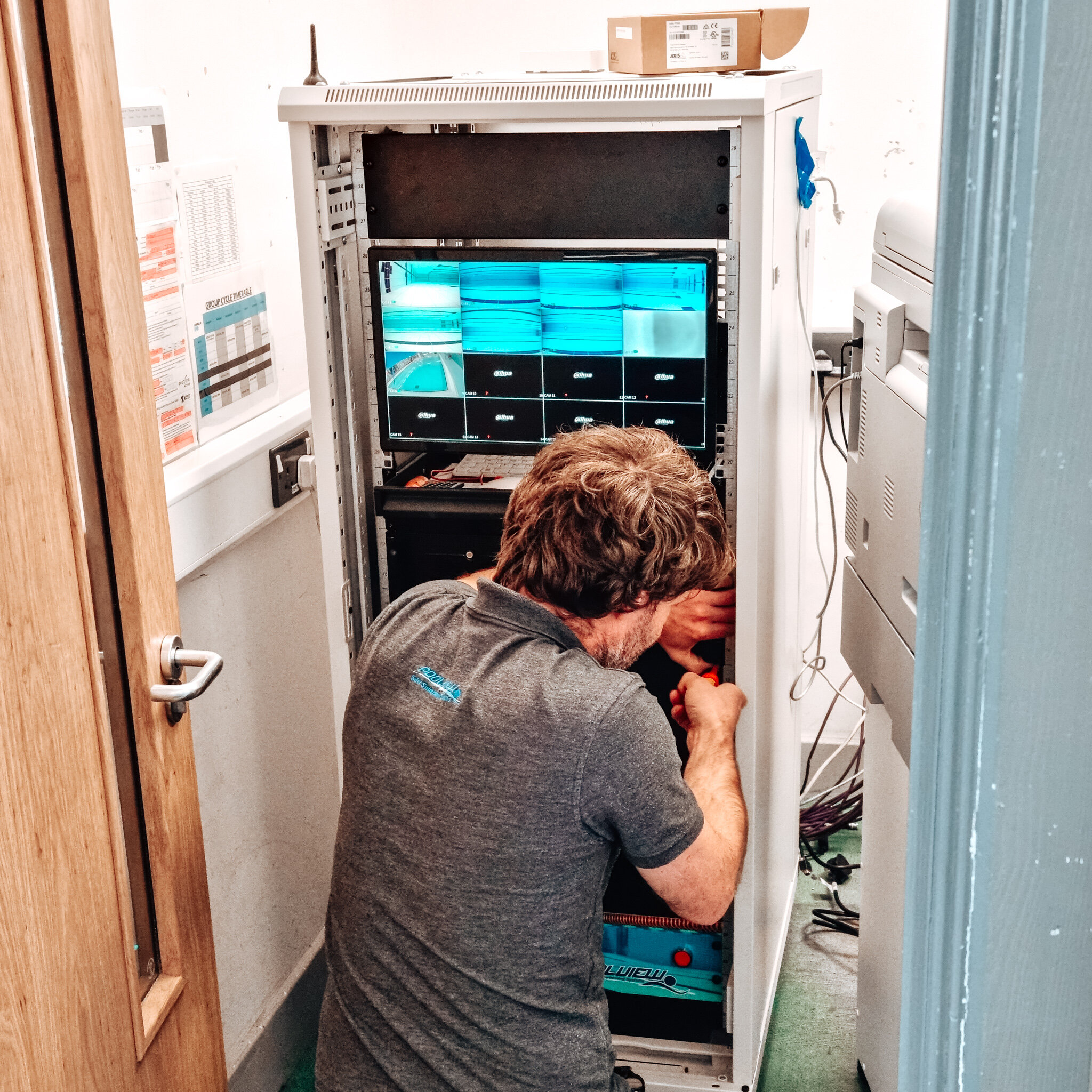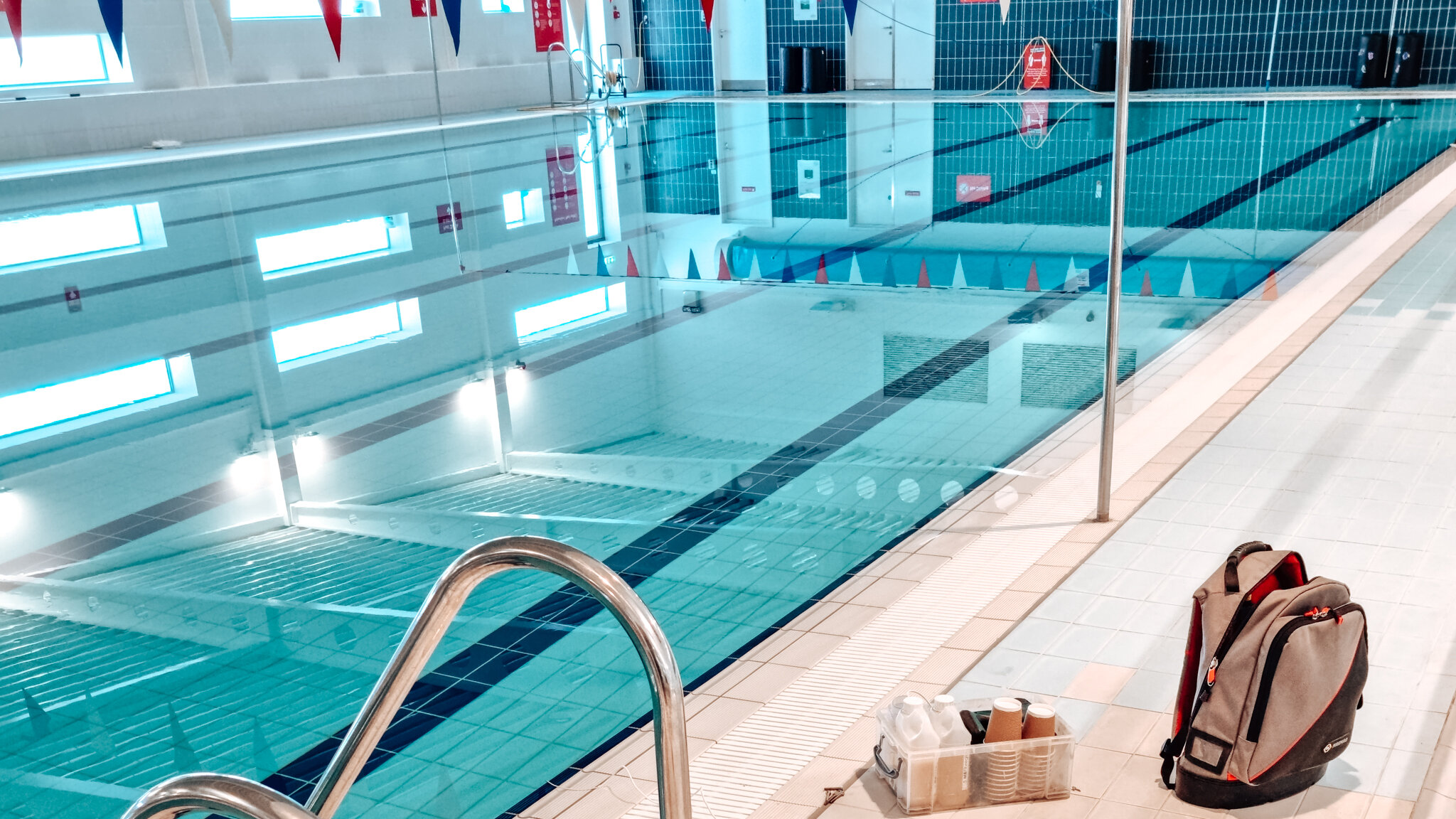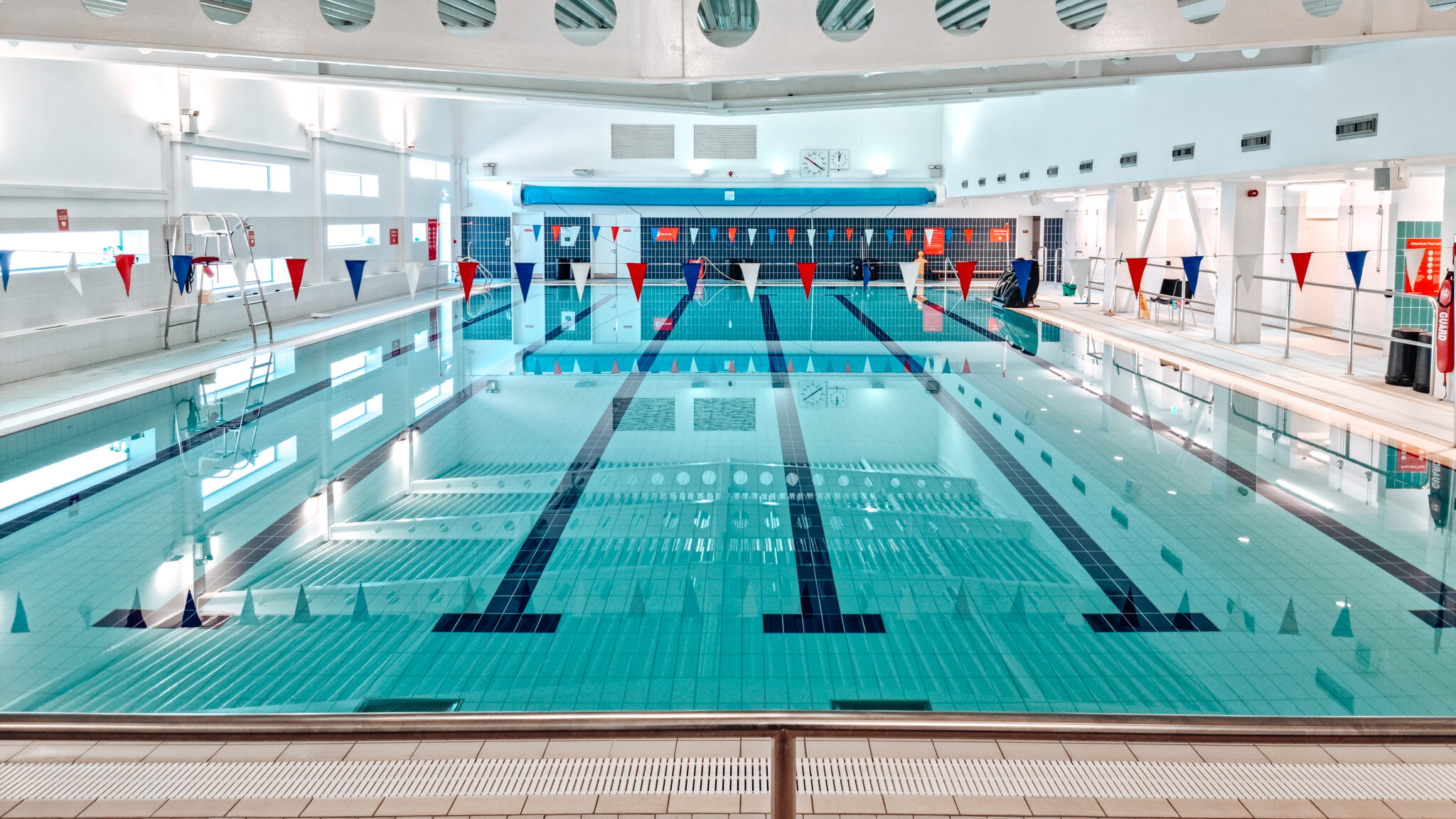Let’s talk about something we get asked all the time: Why do you give Lifeguards and Responders monitors? It’s a fair question and one we love answering.
The short version? Because monitors are essential to modern poolside safety. They’re not a flashy gimmick or a fancy extra. They’re a practical, research-backed tool that helps Lifeguards do their job better. We call it Blended Lifeguarding; a term we use to describe the smart combination of trained personnel and cutting-edge technology working side by side.
People + Tech = Safer Swimming
Let’s be clear, Lifeguards are highly trained and competent professionals. But even the best eyes on the pool can’t see through glare, surface reflections, or cloudy water. Technology enhances what humans can do, but it can’t replace them. After all, no algorithm can jump into the water and pull someone to safety.
That’s why poolside needs both. Monitors are more than just screens they’re real-time sources of intelligence that support quick, accurate decision-making. They fit hand-in-hand with human response, not against it.
We can also provide wearable watches, radio-linked systems and other supportive tech tools to complement pool safety measures, but for us, the original and best way to monitor swimmer safety is with the assistance of a real-time monitor, which tracks and alerts.
The science behind the split-second response
According to studies on emergency response, the average Lifeguard has around 20 seconds to recognise and respond to a drowning incident. That’s not a lot of time. And here’s where things get interesting: in first aid and rescue training, we’re taught to survey the scene before acting. That few seconds gives us a chance to decide on the right course of action.
But in aquatic emergencies, those precious seconds are often lost in confusion. What’s happening? Where exactly is the casualty? Are they face-down, moving, unconscious?
Monitors step in at this crucial moment. They display live footage of what’s happening right now in the pool, giving Lifeguards a more complete picture before they initiate a rescue. This helps improve both reaction time and rescue accuracy.
Real-World lessons we’ve learned
Here’s what can (and does) happen when Lifeguards respond without the full story:
Swimming the wrong direction up the pool (with the casualty) into deeper water
Missing correct spinal rescue procedures due to lack of visual confirmation
Running away from the scene to find equipment that wasn't needed
Grabbing the wrong rescue aid altogether
These aren’t rare mistakes. They’re understandable errors made in high-pressure situations. And every second counts.
Monitors reduce that ambiguity. They empower Lifeguards with the visual context they need to make faster, safer choices.
The Bigger Picture: building confidence and control
We’re also often reminded (and rightly so) that Lifeguards shouldn’t run to an emergency. It’s not just about avoiding injury, it’s about allowing a moment to mentally prepare. Monitors help bridge that gap. When a Lifeguard arrives at the scene with clear visual insight, they’re already mentally equipped to act. The cogs are turning, the training is locked in, and the response is stronger for it.
In summary
Blended Lifeguarding isn’t just a trend, it’s the future of aquatic safety. By pairing skilled professionals with smart monitoring systems, we’re giving them the tools to act swiftly and decisively. Monitors aren’t about replacing people. They’re about powering people up with information that can save lives.
So next time someone asks why we provide monitors, here’s the answer:
Because informed action beats blind reaction - every time!





